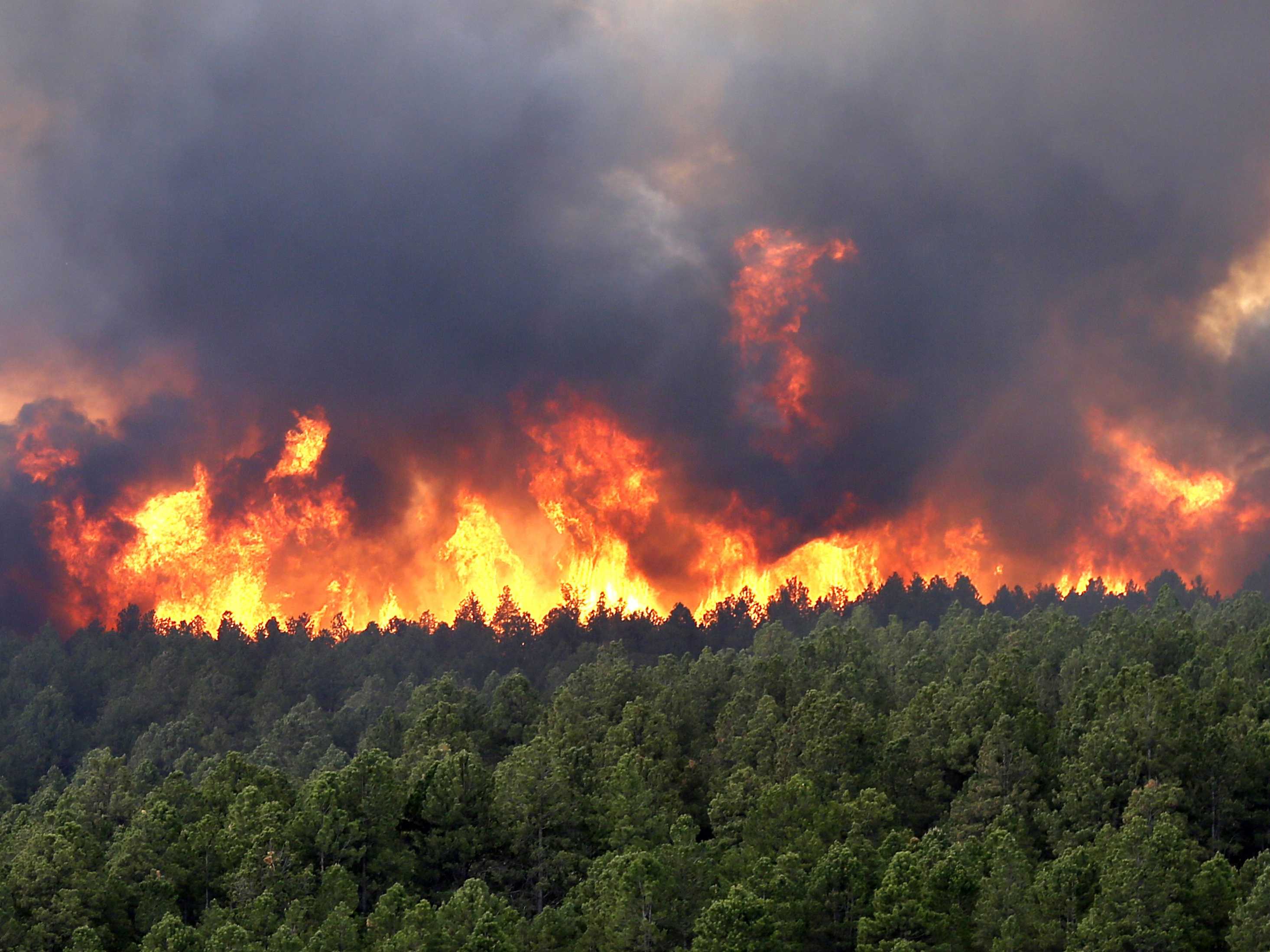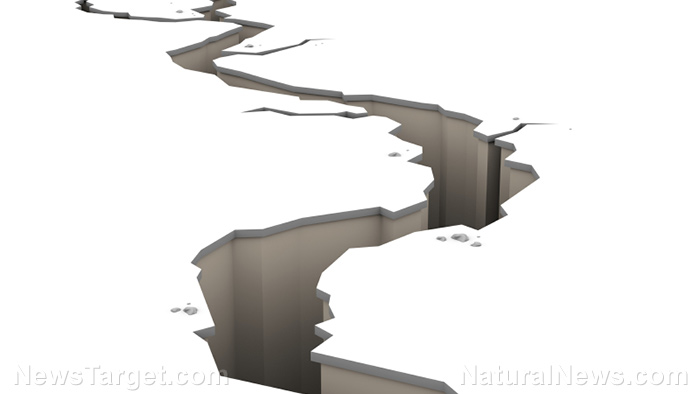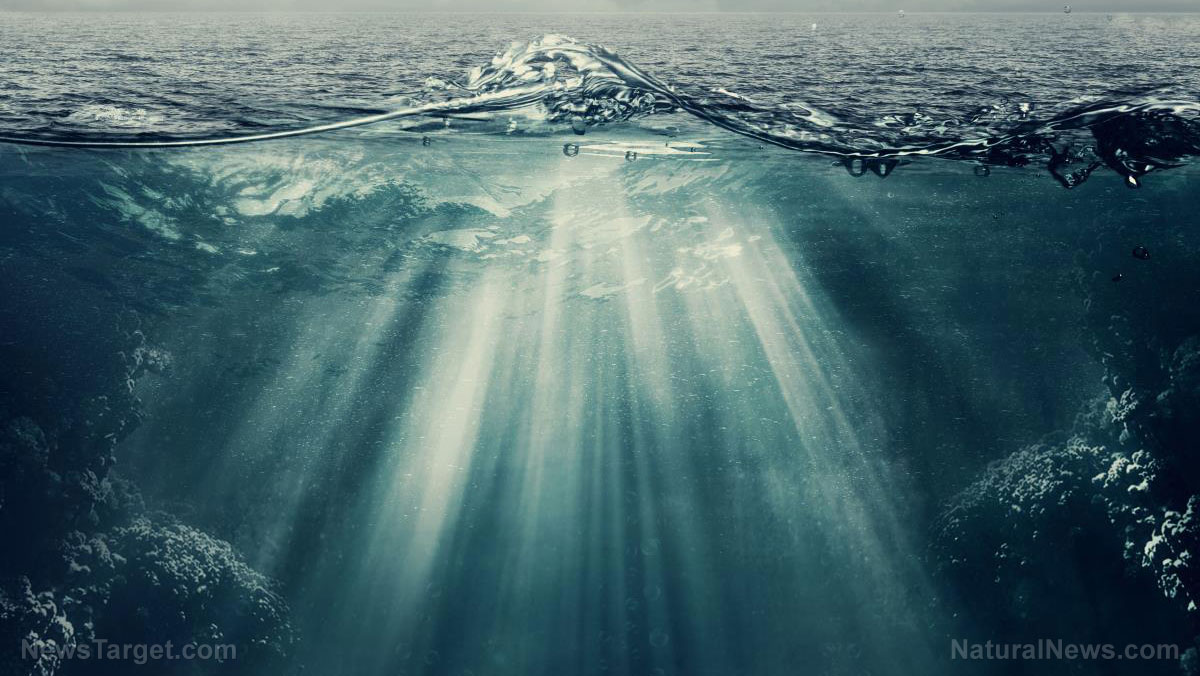
As the East Coast continues to get pummeled by Hurricane Florence and its residual effects, the West Coast is dryer than a bone in many areas. Wildfires continue to blaze, and as recently reported by ABC News, one of them has now broken the record for being the largest wildfire in California history.
In a video update posted to Brighteon.com, Gabor Zolna from ZolnaReport.com discusses how the Mendocino Fire, as it's being called, has burned more acreage in the Golden State than any other wildfire in the state's history.
The fire began near Ukiah, located roughly two hours north of San Francisco. At the time of ABC News' publishing of the story, more than 290,000 acres of land had already been burned, with firefighters reporting that the blaze was only about 34 percent contained. As of this writing, the National Wildfire Coordinating Group is reporting that the Mendocino Fire ended up burning more than 459,000 acres.
The second largest fire in California history, according to ABC News, was the Thomas Fire, which burned more than 281,000 acres back in December 2017 around Ventura and Santa Barbara counties. The cause of the Thomas Fire is still under investigation.
"Folks, I don't know if you're adding up all the acreage that's been burned in California, but it's frightening," Zolna explains in his video, which you can watch below at Brighteon.com:
There are 1,400 fires burning west of the Mississippi River
As devastating as the Mendocino and Thomas fires were, they're merely a drop in the bucket. As of this writing, there are currently 1,400 active fires burning in the western half of the United States right now, the most easterly one burning on the border of Texas and Oklahoma. This is according to the Fire, Weather & Avalanche Center, which tracks active weather events like this.
If you take a look at the interactive map on the group's website, you'll see that the West Coast is basically burning up at the very same time that the East Coast is being drenched with record rainfall. These are dichotomous disasters that bode ominous for the United States.
Canada is also experiencing more than its fair share of fire events, with some of the latest reports indicating that there are some 500 wildfires still burning just in British Columbia alone at the current time.
"Globally, wildfires in the United States, the United Kingdom, Spain, Portugal, Greece, Sweden and Australia are burning at an alarming rate," reports Phys.org, blaming the problem on "climate change," or course.
"You do not expect extensive wildfire in Swedish mountain tundra or in Welsh mountains, but we see that this year," says John Pomeroy, Canada Research Chair in Water Resources and Climate Change and director of the University of Saskatchewan-led Global Water Futures Program (GWF), as quoted by Phys.org.
"This is the darkest I've seen the Athabasca Glacier in my life ... The sunrise in Canmore on the morning of Friday, August 17th, 2018, was surprisingly smoky in a way that made it eerily reminiscent of some of the sci-fi doomsday thrillers of the 1980 and 1990s," he added during his interview.
Because Planet Earth definitely seems to be going through a period of escalating catastrophic tumult, the likes of which many people have never before seen in their lifetimes, many are blaming "climate change" as the usual scapegoat. But as we previously reported, wildfire smoke is actually cooling the planet, which once against busts apart the official narrative.
For more news on the natural disasters around the planet that "expert" scientists claim are being caused by "climate change," check out ClimateChangeNews.com.
Sources for this article include:
Please contact us for more information.





















